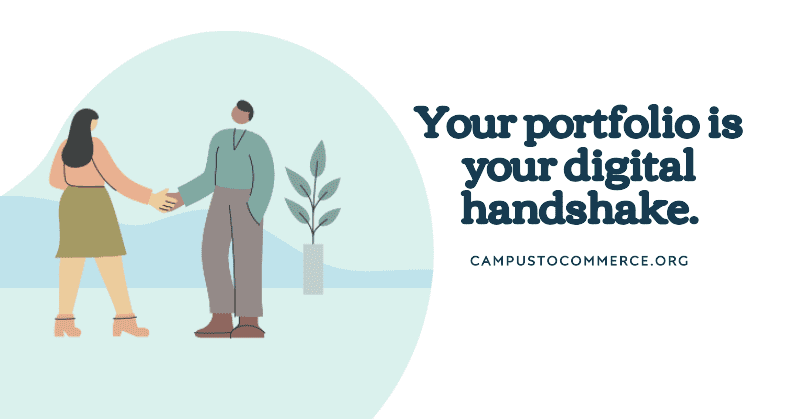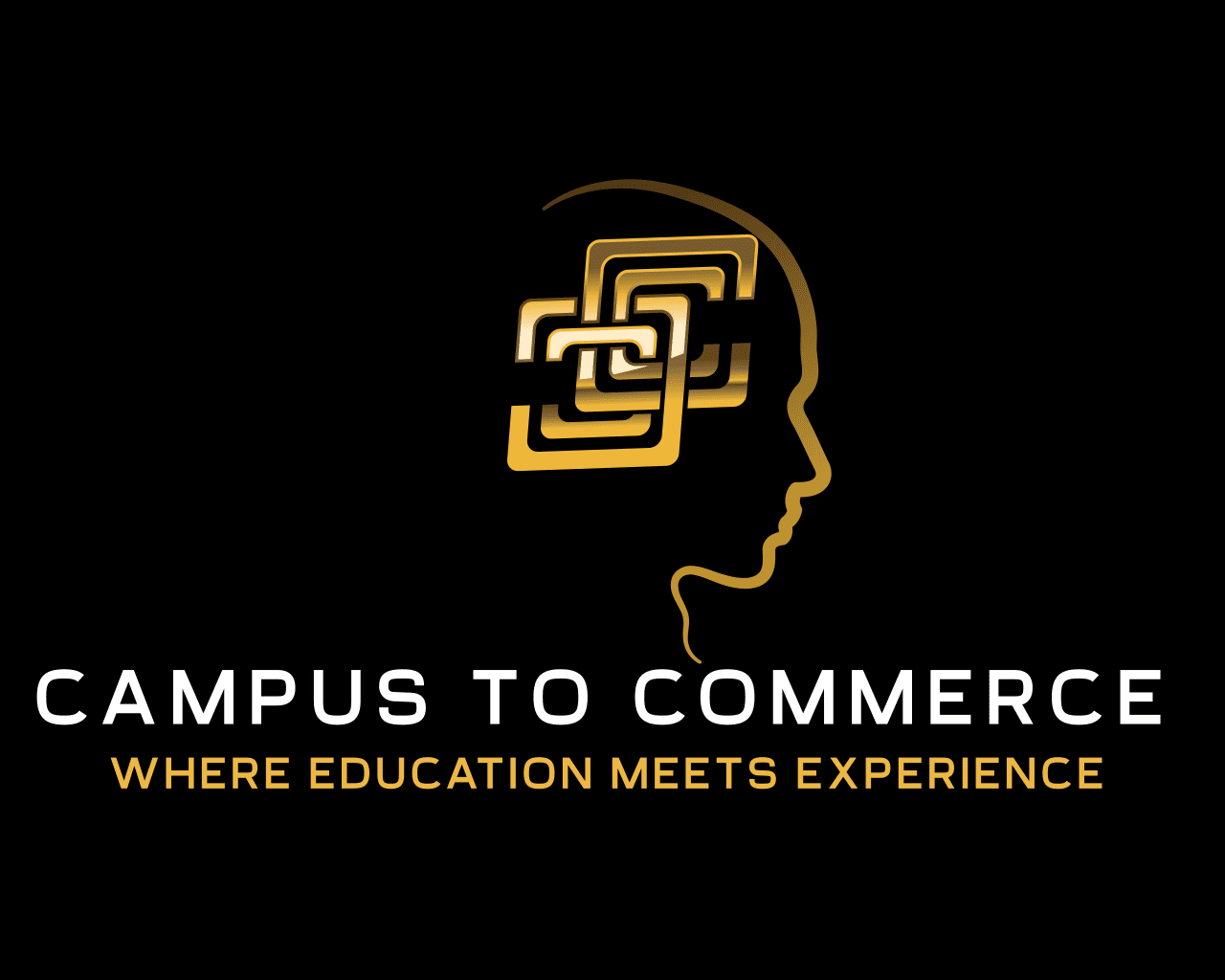
Creating a digital portfolio that captures attention in today’s competitive job market requires more than just collecting your best work. As employers face increasing numbers of applicants, standing out has become both more challenging and more essential. The good news? Emerging AI tools offer powerful ways to enhance your portfolio’s impact without sacrificing authenticity.
Your portfolio needs to tell your professional story effectively. In 2025, that means going beyond simply displaying projects—it means strategically presenting your capabilities in ways that resonate with specific audiences.
Start With Strategy, Not Tools
Before diving into AI tools, clarify what you want your portfolio to accomplish. Are you showcasing technical skills for specialized roles? Demonstrating versatility across multiple disciplines? Your strategy determines which AI tools will actually help rather than just add complexity.
Most students make the mistake of including everything they’ve ever created. This dilutes impact. Instead, curate ruthlessly. Select projects that demonstrate your strongest skills and most relevant experiences.
Once you’ve identified your core pieces, AI can help determine the most effective presentation order. Content sequencing tools analyze visitor engagement patterns to recommend arrangements that maintain attention. They identify which projects create the strongest first impressions and which work best as supporting evidence.
Leverage AI For Enhanced Personalization
Modern portfolio platforms now include dynamic content features that subtly adapt to different viewers. These systems don’t completely change your portfolio—they emphasize different elements based on who’s viewing it.
For example, when a marketing firm visits your site, AI can prioritize relevant projects and skills. When a nonprofit organization views it, different aspects get subtle emphasis. This happens without creating multiple versions of your portfolio.
Start with platforms like Sora Portfolio or PortfolioAI that offer these adaptive features. They analyze visitor information to make micro-adjustments to your content hierarchy without changing your core presentation.
Remember that while personalization is powerful, authenticity matters more. Use AI to enhance your presentation, not to fabricate capabilities you don’t have.
Improve Visual Impact With AI Analysis
Visual hierarchy dramatically affects how employers perceive your work. AI design assistance tools can analyze your portfolio layout to identify where visitors’ attention goes first and whether they’re seeing your most important content.
Tools like Design Analyzer and VisualAI provide heatmap analysis of your portfolio, showing which elements draw attention and which get overlooked. They offer specific recommendations for improving visual flow while maintaining your personal aesthetic.
The key is making intentional visual choices rather than relying entirely on AI suggestions. Use the analysis to inform decisions, not dictate them.
Enhance Your Story With Data
Effective portfolios don’t just show work—they demonstrate impact. AI analytics tools can help extract and visualize the results of your projects in compelling ways.
For instance, if you managed a social media campaign, AI analysis can extract key performance metrics and generate visual representations that clearly communicate impact. These data visualizations transform abstract accomplishments into concrete evidence of your capabilities.
Tools like MetricsCraft and ResultsVisualizer can analyze project descriptions to suggest which metrics would most effectively demonstrate your impact. They also recommend visualization formats that make your results immediately understandable.
Optimize For Discoverability
A brilliant portfolio has limited value if the right people never see it. AI optimization tools improve how your portfolio performs in searches and professional networks.
Content analysis tools examine your portfolio text and suggest refinements that align with how employers search for candidates in your field. They identify industry-specific keywords and phrases without making your content sound artificial or keyword-stuffed.
Start with tools like CareerKeyword or PortfolioSEO that provide industry-specific recommendations rather than generic SEO advice. They analyze job descriptions in your target field to identify terminology that resonates with employers.
Maintain Authenticity While Using AI
The most common mistake when using AI for portfolios is letting the technology override your authentic voice. Your unique perspective and creative approach are ultimately what employers value—AI should enhance these qualities, not replace them.
Use AI for analysis and suggestions, but make final decisions yourself. The best portfolios combine technological efficiency with genuine human creativity.
For every AI recommendation, ask whether it aligns with how you actually work and what you truly value professionally. If not, modify or discard it.
Get Started Today
Building an effective portfolio is an ongoing process, not a one-time project. Begin by assessing your current portfolio against the principles discussed here. Identify one area where AI tools could provide immediate improvement, then expand from there.
Remember that technology continues to evolve rapidly, but the fundamentals remain consistent: showcase your best work, demonstrate real impact, and maintain an authentic voice. AI tools should serve these goals, not distract from them.
Your portfolio represents not just what you’ve done, but what you’re capable of doing next. Use these tools to ensure it tells that story effectively.

Written by Tiffany Cheeseboro
More From This Category
The Imagination Trap Many Businesses Fall Into
I've watched too many small businesses fall into the same pattern. They start with bold ideas and limitless imagination, yet somehow end up creating generic products or services that look like everyone else's. The disconnect between imagination and execution...
AI Is Secretly Teaching Us Better Communication
I found myself apologizing to ChatGPT yesterday. Not because I needed to, but because decades of human conversation had conditioned me to soften my directness. The AI didn't care about my politeness—it just needed clear instructions. This moment made me wonder: are...


0 Comments